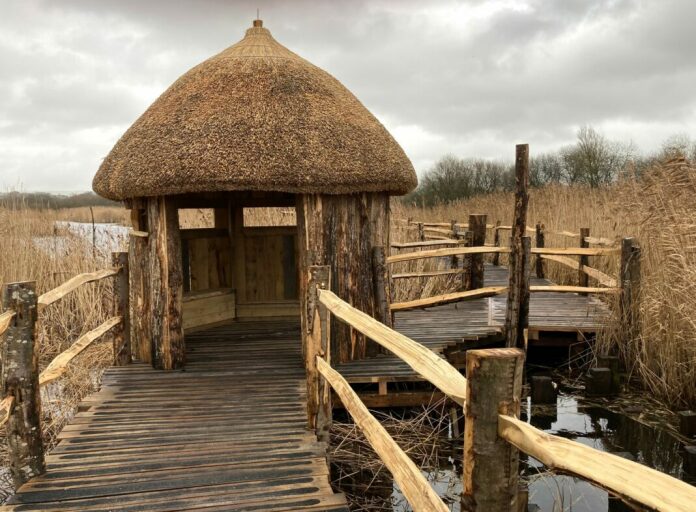New digital technology allows visitors to learn about local wildlife from their smartphones, and a brand new island viewing hide has been constructed as part of several changes to nature reserves in Somerset.
Somerset Wildlife Trust has unveiled the new developments at its two flagship reserves in Somerset – Westhay Moor National Nature Reserve and Catcott Nature Reserve.
New digital visitor interpretation technology that has been installed at the two sites will enable visitors, particularly those new to nature or to the Trust’s reserves, to make the most of their visit and learn about the site and local wildlife from their smartphones, without the need for 4G coverage.
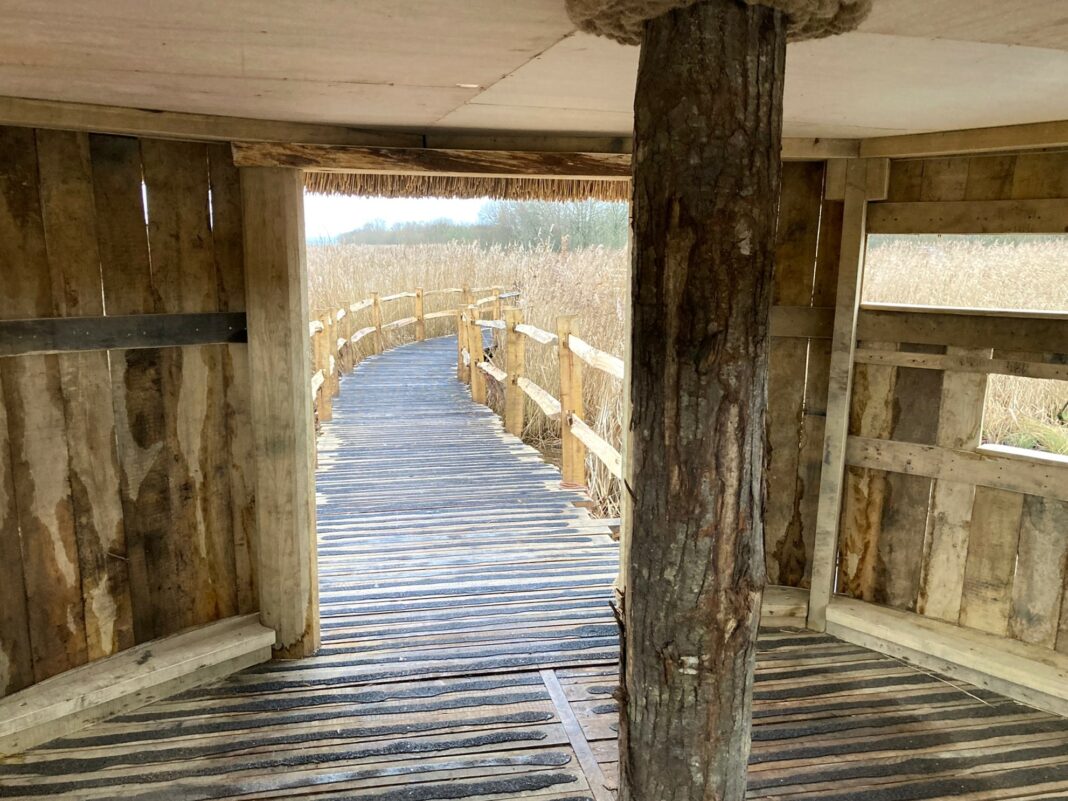
A new wheelchair-friendly boardwalk has also been constructed at Westhay Moor, leading to a new ‘island’ viewing hide, which will improve accessibility and provide visitors with further opportunities to connect with nature in a new and immersive way.
The projects have been funded by the Government’s Green Recovery Challenge Fund, which has also been helping the RSPB make improvements to its Ham Wall Nature Reserve.
The developments tie in with Trust’s ambition to enable more people to access nature easily, and to break down perceived barriers to visiting nature reserves that might otherwise deter those new to nature from visiting.
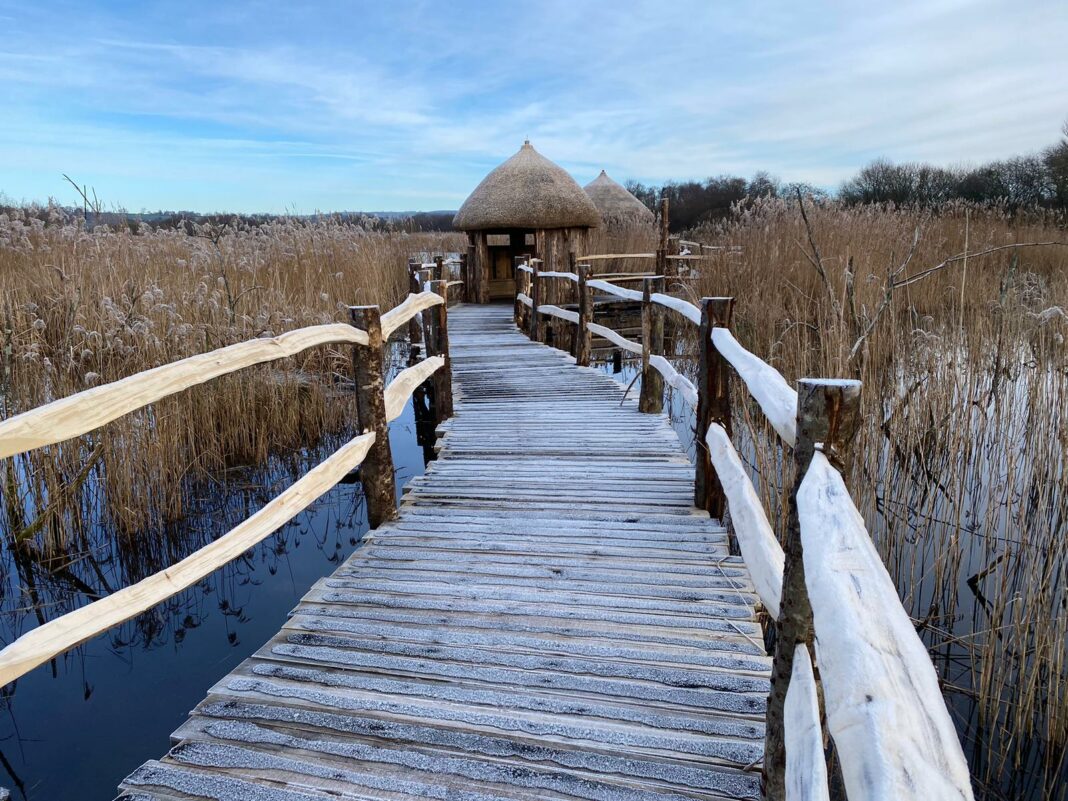
“Firstly, new interpretation signs at Westhay and Catcott nature reserves will feature QR codes, which, when scanned, will allow visitors to access interactive, digital content on their smartphones,” says a spokesman.
“This includes a range of content for all levels of knowledge, including spotter guides, interactive trails, and live webcams that allow visitors to see less accessible parts of the reserve and wildlife that is not always in view from the bird hides.”
buzz” To make this possible, the Trust have addressed power, internet and 4G connectivity issues on the reserves through the use of InfoPoint, a platform that uses solar-powered hardware to share digital content even where a mains supply is not present and where mobile phone coverage is unreliable.”
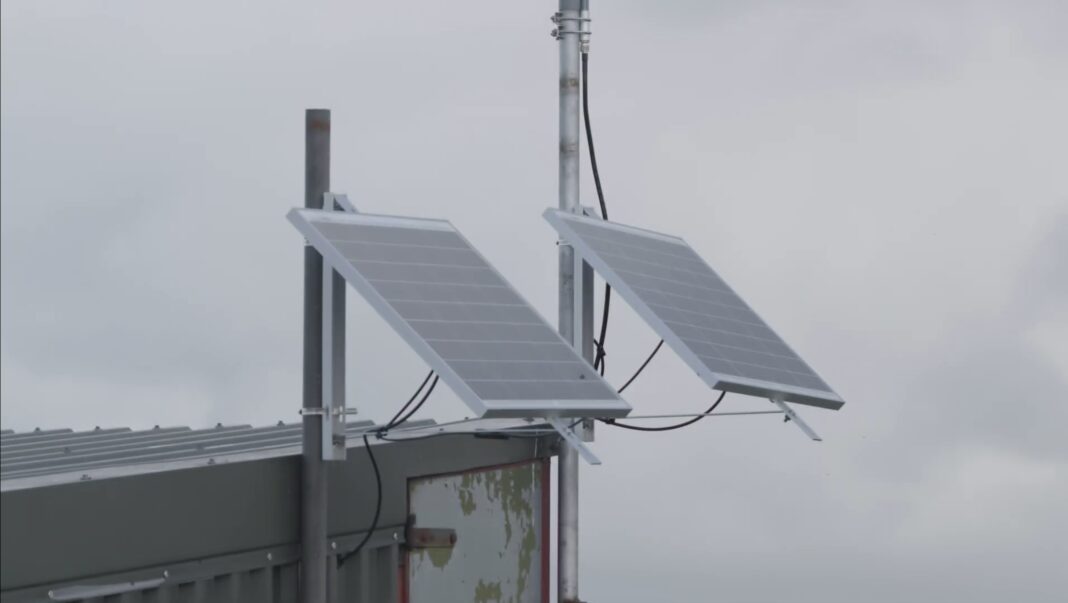
“After connecting a mobile device to an InfoPoint at either Westhay or Catcott, visitors will be able to freely browse videos, maps, audio, text, images, and interactive content without any downloads, logins, or mobile data.”
“Three out of four InfoPoint installations have been completed and are currently in their testing phase. Once complete, the Trust believes this project will support easier orientation for visitors so they can explore the reserves more confidently, and help deliver engaging and interesting information about Westhay and Catcott in a more accessible and familiar way. Content and information will be refreshed regularly so will also encourage people to visit across the seasons.”
“Secondly, at Westhay, a new boardwalk leading to a fantastic new ‘island’ viewing hide has also now been completed and ready to welcome visitors. Crafted from locally-sourced timber and reed thatch, the new hide blends neatly into the surrounding wetland landscape, nestled within the reedbeds of one of the site’s scenic lakes.”
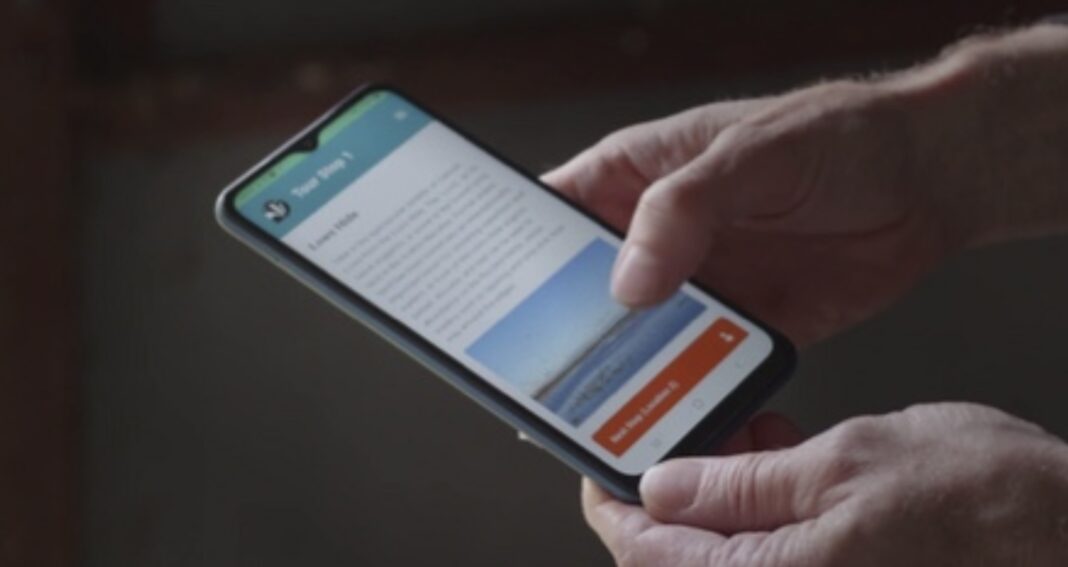
“From here, visitors can get amazing views of the wonderful wildlife that call Westhay home, such as bittern, otter, beard reedling, and a whole range of resident and visiting birds.”
“Thanks to the new boardwalk, the Island Hide is suitable for both wheelchairs and pushchairs, which is helping to further increase accessibility on the site and reduce some of the obstacles that may prevent the public from visiting Westhay and appreciating the many rare and vulnerable wildlife species that can be found on the reserve.”
Jane Brookhouse, Avalon Marshes Project Manager, adds: “Nature sustains us all, and being connected to it is good for our wellbeing and also helps us better understand how we can protect it.”
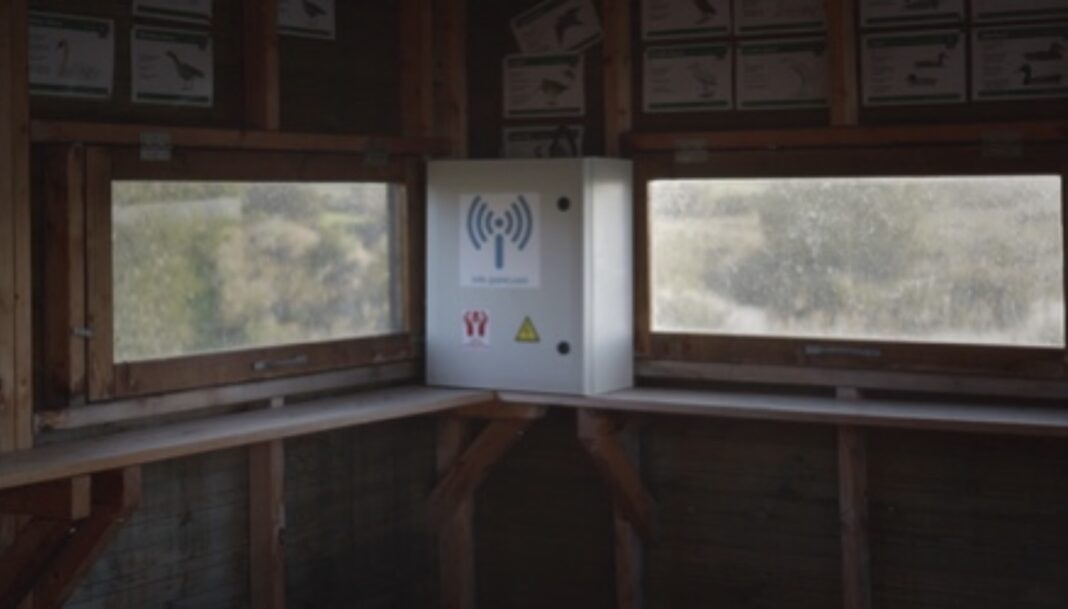
“There are two things that we know; one is that there are varying levels of visitor knowledge and understanding about the natural world and wildlife.”
“With the new digital platform we can provide up to date, accessible information for all levels so people can get more out of their visit and want to come back and secondly; for those completely new to nature, visiting a nature reserve as a next step to developing their nature connection can be daunting.”
“Accessing information via mobile devices is something culturally very familiar to us, as is orienting through digital maps, so we hope that with more information, people will feel more confident about what to expect from the experience, taking away some of the ‘unknowns’.”
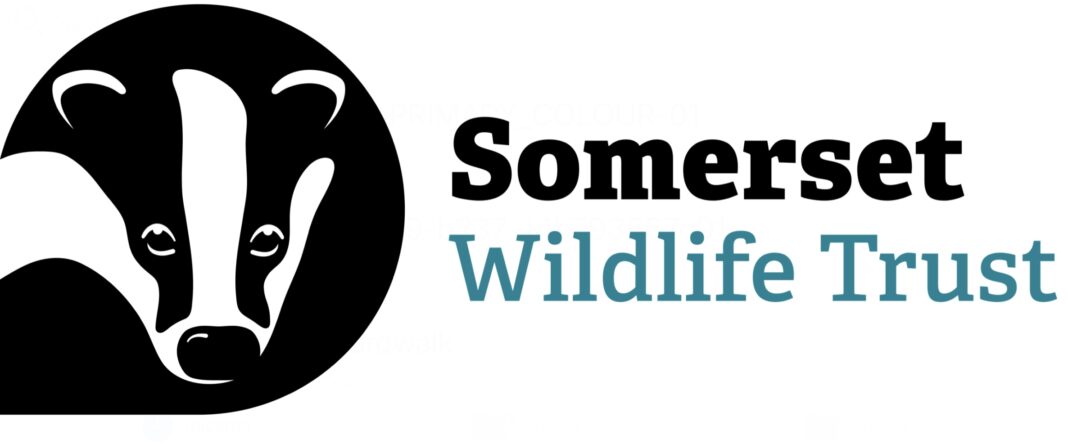
“The Island Hide’s open-style construction also will ensure people feel comfortable in trying something that is perhaps an entirely new experience.”
“These reserves are part of a very special landscape that is always changing so we are continually learning. Having a platform that is digital-based means we can update content to reflect this and ensure that other people keep learning too. We are extremely grateful to our funders for enabling us to put these fantastic features in place.”
Somerset Wildlife Trust would like to thank Devon-based RP Cann Thatchers, who provided the roof thatching for the hide, and Leader+, for their generous support of this project, which was funded by the Government’s Green Recovery Challenge Fund. Developed by Defra and its Arm’s-Length Bodies, this fund has been delivered by The National Lottery Heritage Fund in partnership with Natural England, the Environment Agency, and the Forestry Commission.

